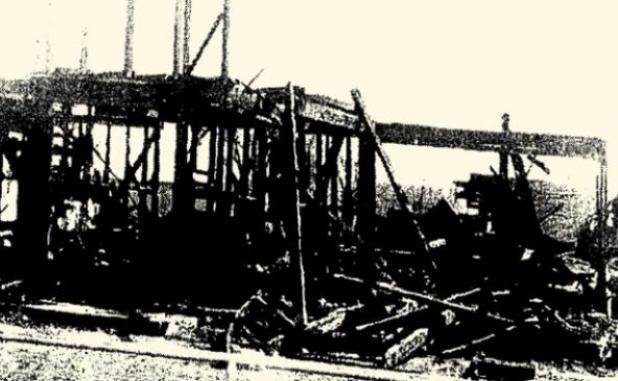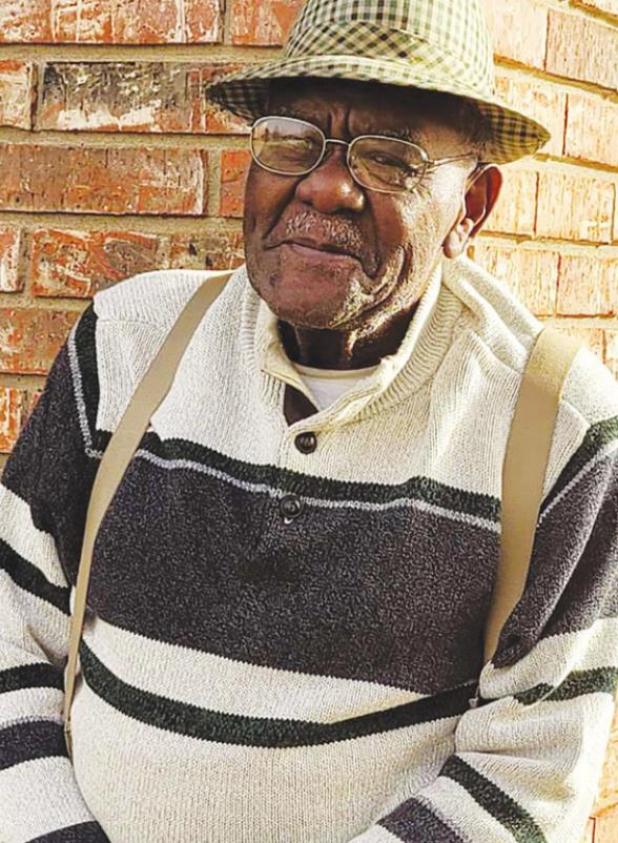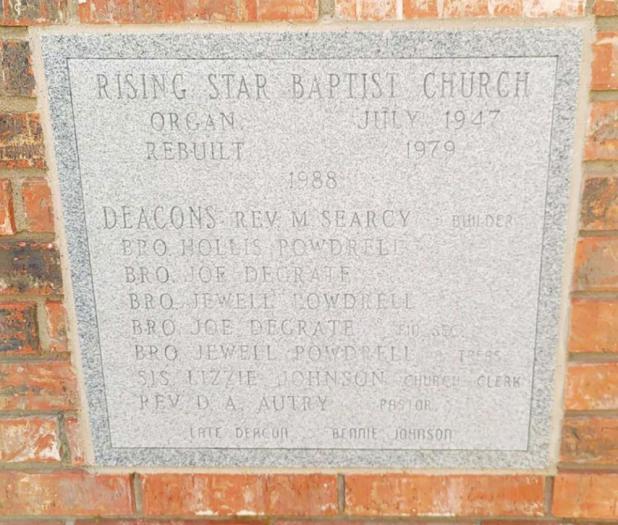


Black History Month: Rising Star Church Up from the ashes
The church has always been the hub of the African-American community. Since the emergence of the first African-American church in the late 1700s, it had become the cornerstone of survival. It was the place where believers gathered to worship God and provide support to one another. The church helped African-Americans overcome many obstacles and was their source of strength, allowing them to break free from the chains of slavery and later strategize for civil rights.
In Olney, the African-American church was equally crucial to the men and women who organized Rising Star Missionary Baptist Church in 1947. Rev. R.L. Castle, Rev. L.L. Gordan of Wichita Falls, and Rev. Henry Williams met with Fred Granville, Roy Hambry, Edna Hambry, Willie Cade, Henry Williams, and Willie Rae were the foundational members with Rev. Henry Williams serving as the first pastor and Fred Granville as the only deacon.
The members met at the Methodist church and later moved to the “Black school” until 1951. The following year, Rev. C.H. Lyons of Dallas became the pastor until 1956. Upon his departure, Sunday School was carried on until Rev. R.M. Castle Jr., and Rev. L.L. Gordon returned to Olney to reorganize the church. In 1962, the members appointed Rev. J.L. Johnson of Abilene as the pastor, and he served until 1964. Rev. J.C. White of Wichita Falls pastored the church until 1968, and during his tenancy, membership increased and fostered the purchase of the Southside Baptist Church building located at 401 Cherry Street.
After Rev. White left, Rev. Dabney, Rev. McKinney, and Rev. Heard of Wichita Falls served as pastor for a one-year term between 1968-1972. Rev. Heard resigned in 1972, opening the door for Rev. Marvin Searcy of Fort Worth to preach sermons, and eventually, he accepted the offer to become the pastor in October 1972. Unfortunately, in 1974, the church burned, requiring the members to worship in various places until they settled in the senior citizens building on Arbor Street.
After several years of saving, the Rising Star members rose again by building a new church. On Dec. 3, 1978, Mayor Al Myers, along with Pastor Searcy and the other members, participated in the groundbreaking ceremony at the current location on Cherry Street. The members held the first service in the new building July 7, 1979.
Membership continued to grow, and in 1984, Pastor Searcy resigned after serving 12 years, and Rev. Dave Autry, Jr. stepped in the role as pastor. The same year, Deacon Ben Johnson—who played a pivotal role in rebuilding the church—died, and his legacy was honored with the naming of the fellowship hall “Johnson Hall.”
Hollis Powdrell is the only living member whose name is on the church’s cornerstone with his late brother Jewell Powdrell. Hollis recollects the peaks and valleys Rising Star endured throughout the years, and he finds joy hidden beneath every struggle. Realizing Rising Star’s relevance to the community, he stands proudly next to the cornerstone affixed to Olney’s oldest African-American church. He said he has walked with other influential members who helped secure the church’s existence, such as Mederra Britt and Angela Britt.
Louis Golden is currently serving as the pastor, and Anna Golden is the first lady.
